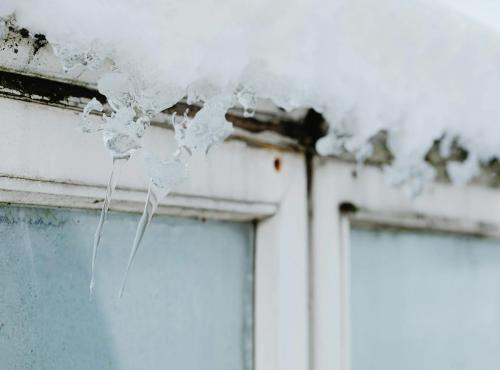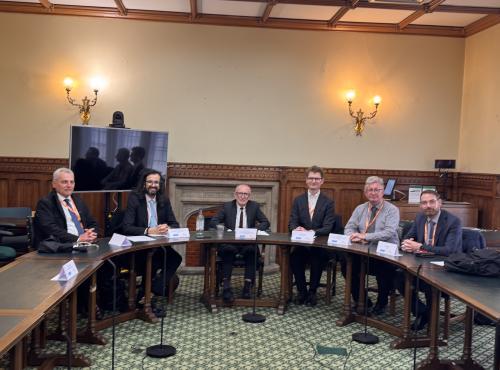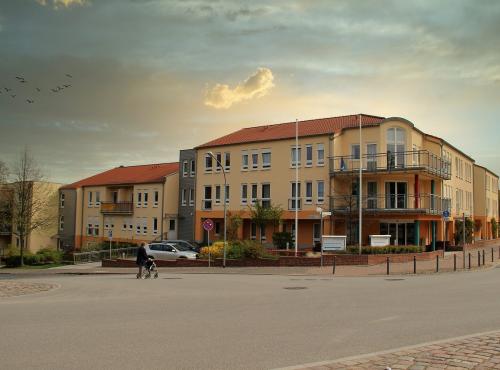“Health is made at home; hospital is for repairs”: the need to link housing with health and wellbeing
Laura Fatah, Policy Manager for Carbon Monoxide, and Kevin Herron, Policy Coordinator for Carbon Monoxide, recently attended a meeting of the Healthy Homes and Buildings All-Party Parliamentary Group, chaired by Jim Shannon MP. It follows the publication of the Healthy Homes and Buildings APPG White Paper, Building Our Future: Laying the Foundations for Healthy Homes and Buildings, which recommended a more holistic and joined-up approach is needed to tackle the issue of unhealthy homes and buildings.
This event discussed how best to bridge the gaps between housing and health and wellbeing.
Three key gaps were identified:
- Health and well-being are not prioritised in housing policy
- Energy efficiency measures are not being fully utilised to tackle fuel poverty
- There is little awareness of the health benefits of good quality housing
Health and well-being not prioritised
The worst homes across the UK can create and exacerbate poor health outcomes, says Adam Scorer from National Energy Action (NEA). For example, cold and damp houses are linked to significant respiratory diseases. Research has shown that for every degree drop below 5°C, GP visits for respiratory tract infections rise 19%.
An NEA report on Fuel Poverty and Carbon Monoxide Risk found households reporting stress and anxiety about energy affordability were significantly more likely to have increased levels of carbon monoxide in their homes. With Ofgem’s announcement this week of a likely rise in the energy price cap to £2,800 in October, this is a pressing concern.
Energy efficiency measures not used to tackle fuel poverty
Stating that energy efficiency could be a “silver bullet” for several issues, Dan Meredith from E.ON noted that upgrading a home from a D EPC rating (a property’s energy efficiency) to a C rating could generate an annual saving of approximately £500, which could rise to £750 by the end of the year if energy costs increase as expected. However, providing incentives for households to take the initial steps towards energy efficiency will be needed.
The Sustainable Energy Association is calling on the government to strengthen its Energy Security Strategy by expanding the eligibility criteria for ECO, a grant towards home energy efficiency improvements, to increase the support available for homes at risk of fuel poverty.
Jade Lewis of The Sustainable Energy Association also pitched a national league table of building standards, to achieve optimal, not minimum, standards, improving the building stock overall.
Little awareness of the health benefits of healthy homes
The role bad housing played during the Covid pandemic was laid out by former health minister, Lord Bethell. Bad and overcrowded housing often went hand in hand with greater spread of disease. At the same time, high prevalence of disease contributed to the extension of lockdowns. This shows the strong connection between housing, health, and the economy.
A consistent theme in this discussion was the need for a continued collaborative and multisector approach to evidence and confirm the long-term health and wellbeing gains of investing in good quality housing and the consequential benefits to the public purse.
Keeping people safe in their homes
The Social Care White Paper recognised the link between housing and health, and pledged “at least £300 million to integrate housing into local health and care strategies” over the next 10 years.
The All-Party Parliamentary Carbon Monoxide Group’s inquiry aims to improve carbon monoxide awareness among health and social care professionals. Such professionals,, among others visiting homes, are well placed to identify potential carbon monoxide poisoning and other housing issues that contribute to poor health. Our inquiry aims to identify how best to address these issues, and keep people safe in their homes.
In wider work on indoor air quality in the home, Policy Connect recently responded to a NICE consultation which encouragingly sought to identify how healthcare workers and local authorities might engage with housing via a quality standard.
Photo, left to right: Lord Crisp, Baroness Prashar, two audience members and Lord Best




